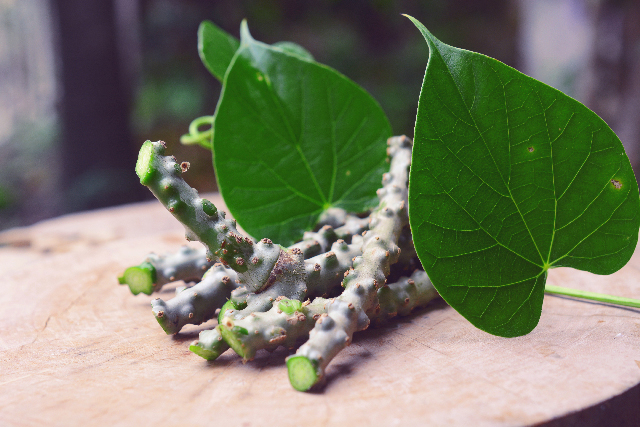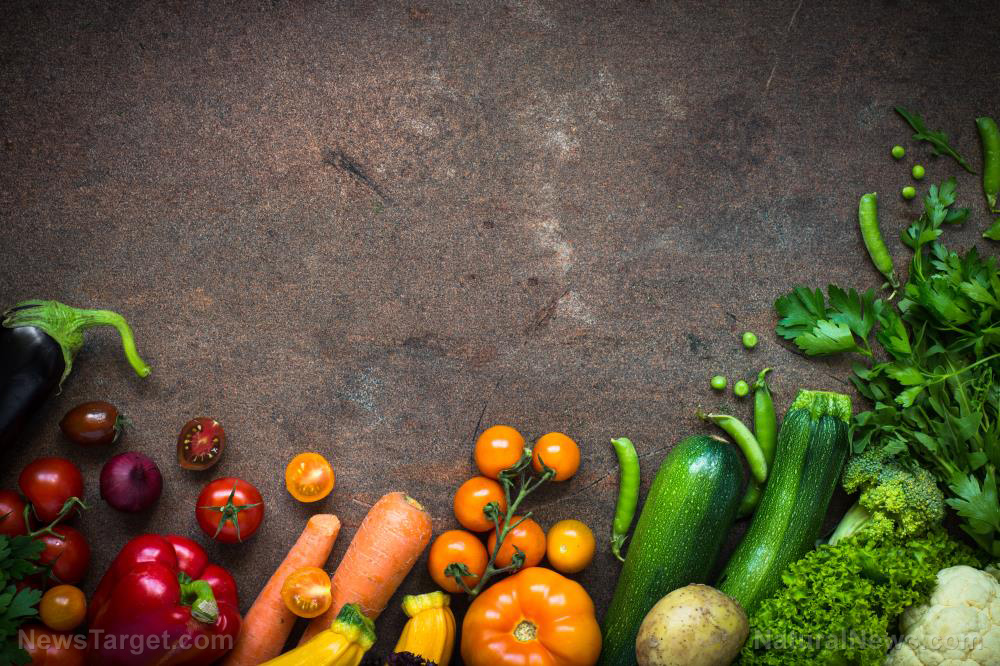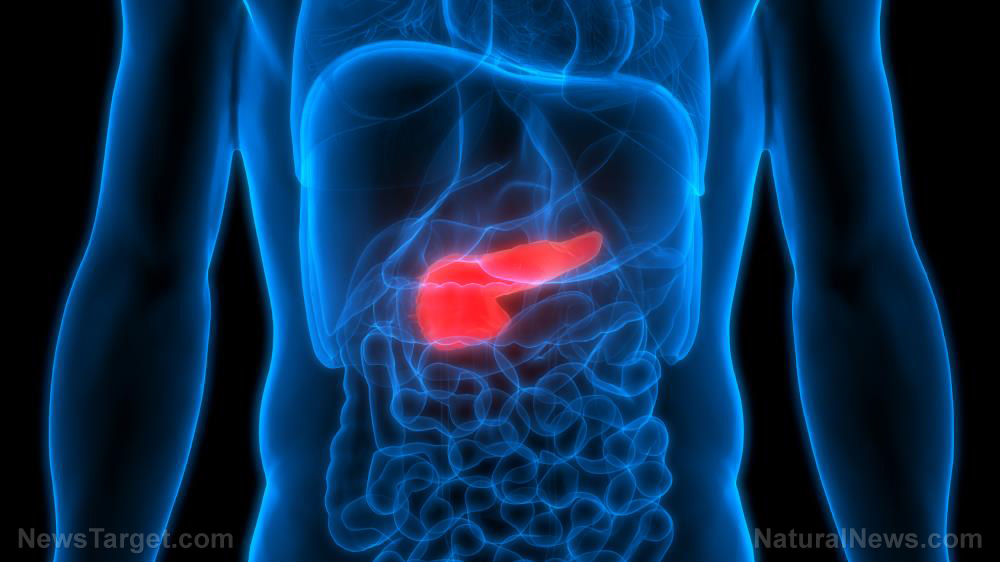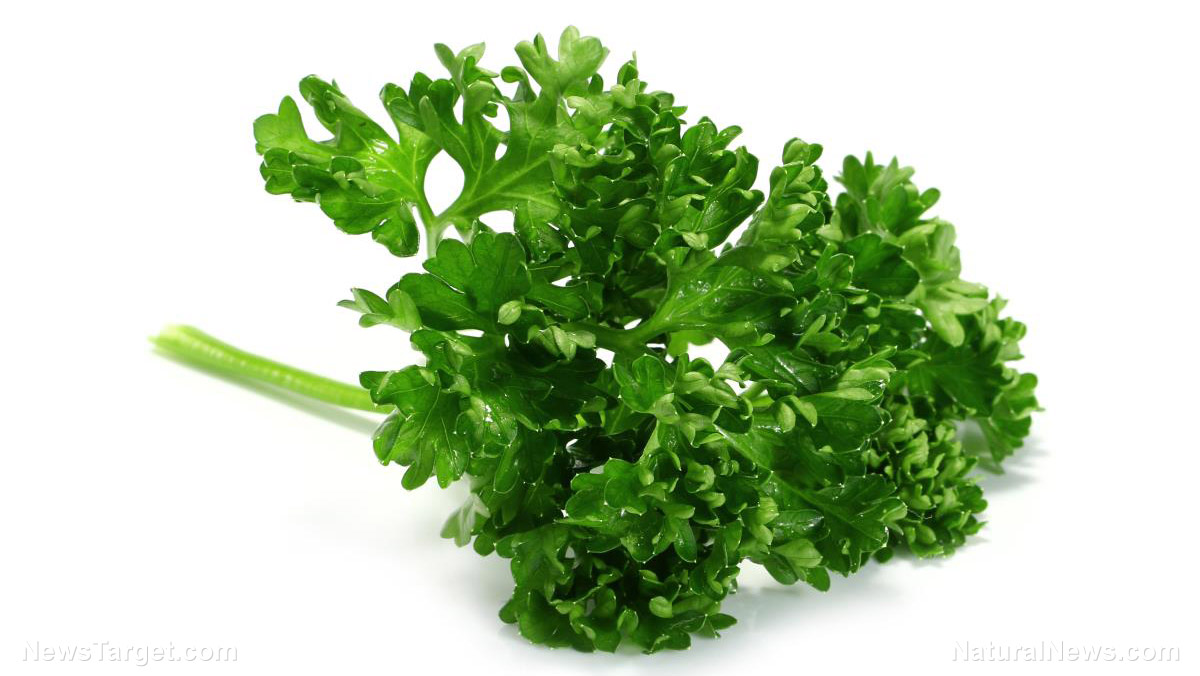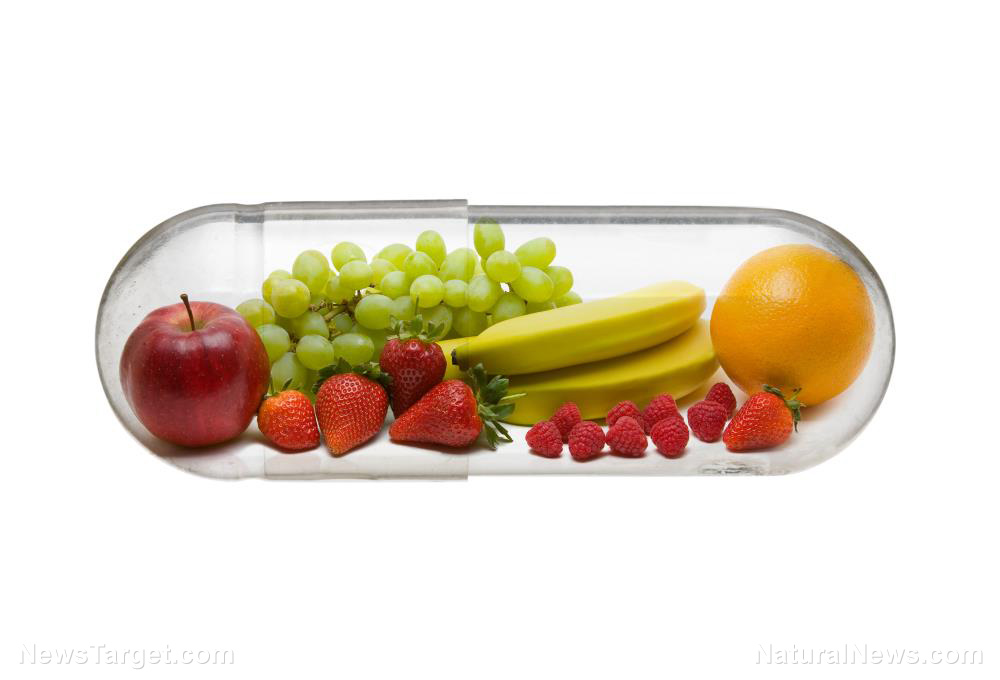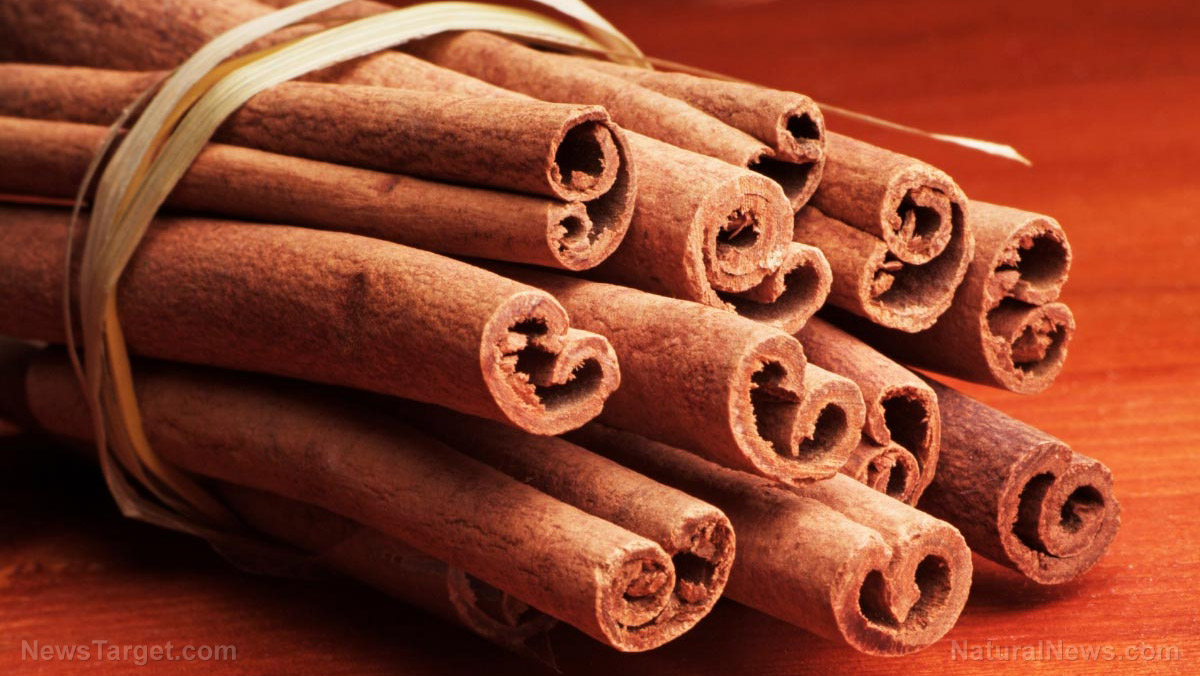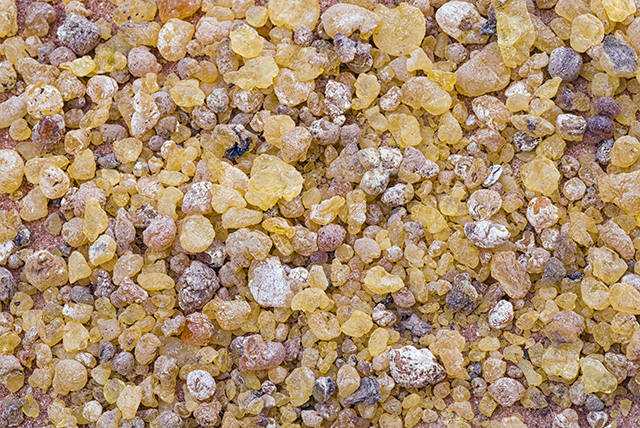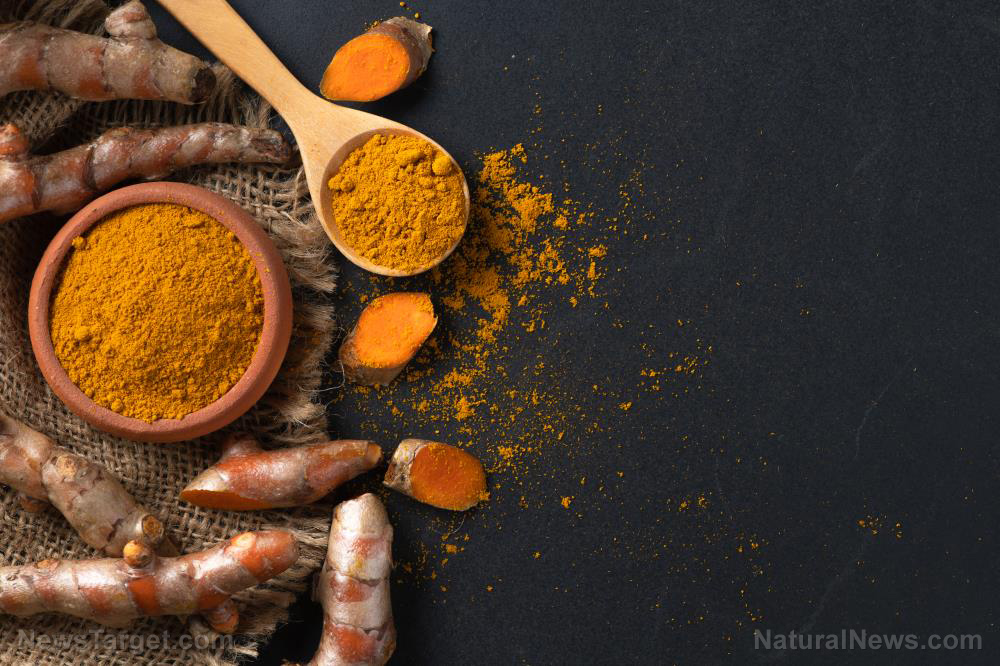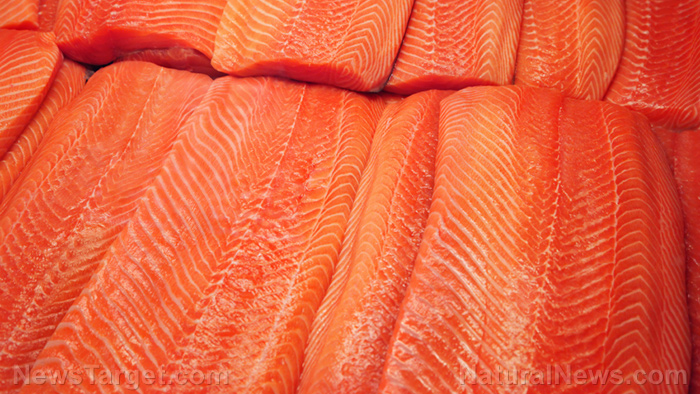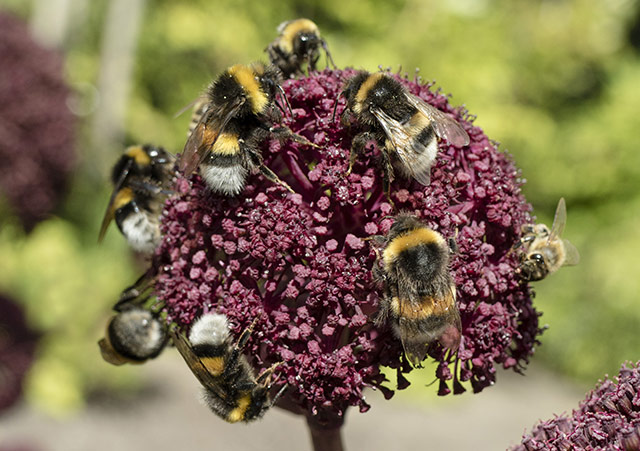Horseradish contains 10x more glucosinolate than broccoli, making it a potent cancer-fighting superfood
10/09/2018 / By Isabelle Z.
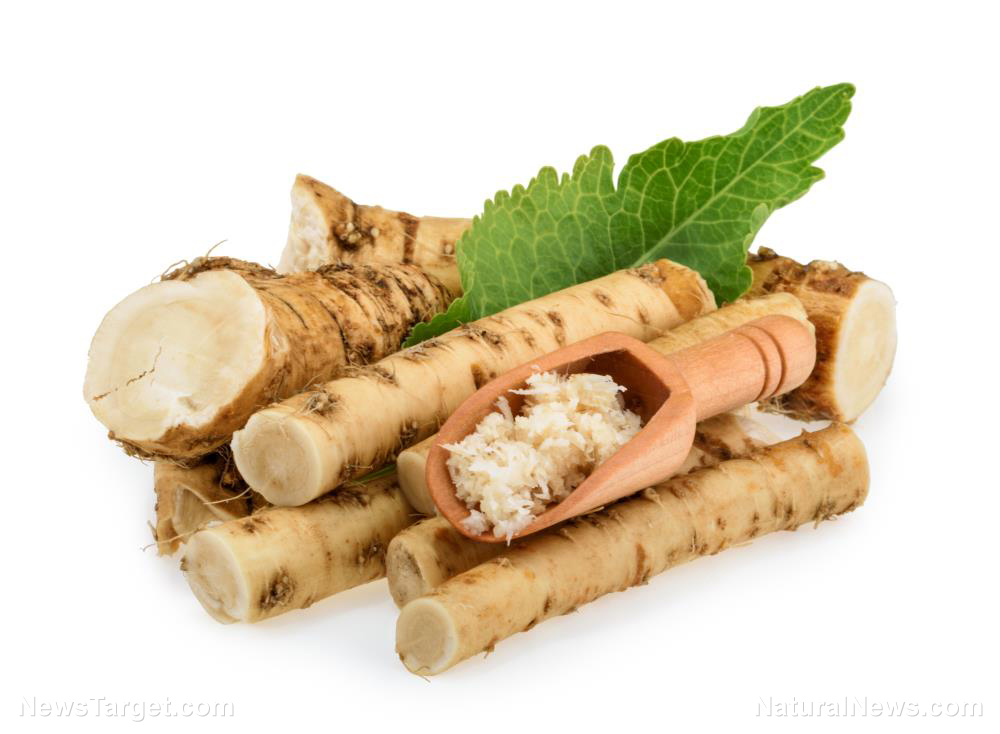
You might have heard that broccoli can help fight cancer. If you’re not a fan of this cruciferous vegetable, you might be struggling to increase your intake. Even if you love broccoli, however, it can be difficult to consume enough of it to get the protection you’re seeking. Thankfully, there’s another route you can take to get these effects, and it comes in the form of horseradish.
While horseradish is quite piquant, it’s so loaded with the glucosinolates that are responsible for broccoli’s anti-cancer action that you don’t need a lot of it to benefit. Glucosinolates are the enzymes that help with cellular detoxification and the elimination of damaging free radicals.
Horseradish has 10 times more glucosinolate than broccoli does, and it can contain as many as eight different kinds of glucosinolates. These enzymes are broken down into derivatives known as isothiocyanates and indoles that prevent cancer cells from growing.
Researchers from the University of Illinois were the first to show how horseradish works its magic. It’s only fitting when you consider the fact that 60 percent of the global horseradish supply originates in the state of Illinois, where farmers have been growing it since the late 1800s. A crop scientist at the university, Mosbah Kushad, said: “We knew horseradish had health benefits, but in this study, we were able to link it to the activation of certain detoxifying enzymes for the first time.”
Kushad and his team studied 11 different horseradish strains from varieties such as U.S. No. 1, U.S. No. 2, and U.S. Fancy. These categories are assigned by the USDA to fresh horseradish based on the length of the root and its diameter. They wanted to determine whether the horseradish root’s grade had any bearing on its ability to prevent cancer, and they discovered that the higher-grade U.S. Fancy horseradish contained significantly greater amounts of glucosinolates than the U.S. No. 1 varieties.
Studies have also shown that around 90 percent of the glucosinolates in horseradish are effectively absorbed after consumption, cementing its superfood status.
Horseradish’s powers extend beyond preventing cancer
Horseradish’s high antioxidant content means it can help give the immune system a boost. It is full of omega 3 and omega 6 fatty acids, and its high protein and fiber content make it very filling. It’s also high in calcium, folates, and potassium, while a compound called allyl isothiocynate protects the body against microbes and bacterial infections.
Ancient Romans and Greeks used it to alleviate cramps, coughs and muscle pain. It has been used to treat allergies, asthma, sore throat, toothaches, and gout, but its diuretic properties mean those with kidney problems should proceed with caution.
Scientists are looking into extracting the glucosinolates in horseradish to create a concentrated supplement that can slow the growth of cancer cells, but there’s no reason you can’t start increasing your intake and incorporating it into your daily meals. Although a little bit of horseradish goes a long way when it comes to preventing cancer, it has a very distinctive, pungent flavor that can be hard to mask. Horseradish is often used as a condiment. It plays a starring role in cocktail sauce, and it can give an unexpected but welcome zing to dishes like potato salads, cole slaw, sandwiches, roasts, and fish.
Sources for this article include:
Tagged Under: anticancer, antioxidants, broccoli, food cures, glucosinolate, glucosinolates, grocery cures, Horseradish, nutrients


